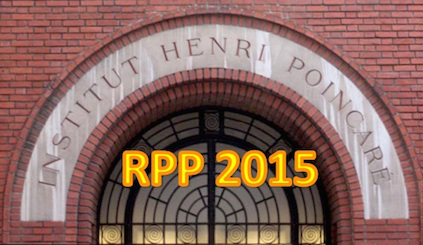Orateur
Dr
Hua-Sheng Shao
(CERN)
Description
The recent observations of prompt $J/\psi$-pair production by CMS at the LHC and by D0 at the Tevatron reveal the presence of different production mechanisms in different kinematical regions. We find out that next-to-leading-order single-parton-scattering contributions at $\alpha_s^5$ dominate the yield at large transverse momenta of the pair. Our analysis further emphasises the importance of double-parton-scatterings --which are expected to dominate the yield at large rapidity differences-- at large invariant masses of the pair in the CMS acceptance. In addition, we provide the first exact --gauge-invariant and infrared-safe-- evaluation of a class of leading-$P_T$ next-to-next-to-leading-order contributions, which are dominant in the region of large sub-leading transverse momenta, precisely where the colour-octet contributions can be non-negligible. Finally, we discuss the contribution from decays of excited charmonium states within both single- and double-parton scatterings and suggest measurements to distinguish them.
Auteurs
Dr
Hua-Sheng Shao
(CERN)
Dr
Jean-Philippe Lansberg
(IPNO - Paris-Sud U. - CNRS/IN2P3)

